MARKET OVERVIEW
The South Asia and LATAM Cotton Textile Waste market is the foundation of the world’s textile industry. This is concerning their influence on both sustainability efforts and resource management. In these regions are some of the world’s biggest textile production hubs, which makes cotton textile waste one of the by-products that could be significantly significant to their economies. This promising market in recycling and repurposing cotton waste is likely to lead to further innovations through increased demand for sustainable solutions, as South Asia and LATAM are set to be core players in this shift towards a circular economy as industries worldwide try to reduce their environmental footprints.
Cotton textile waste is possible at any stage of its production cycle, from pre-consumer or industrial post-scrap usage to post-consumer end-of-life usage. India, Pakistan, and Bangladesh are the largest cotton waste producers in South Asia, followed by countries that have been longstanding leaders in textile production. More than often, off-cuts, damaged fabrics, and unwanted garments account for such massive portions of cotton waste. Likewise, in the LATAM region, Brazil, Mexico, and Argentina stand tall among other textile manufacturing countries whose textile industry is dominated by cotton waste. The South Asia and LATAM Cotton Textile Waste market addresses this problem by focusing on the efficient reuse and recycling of such waste.
Cotton textile waste was generally previously discarded or incinerated, a source of massive environmental concerns. However, the practice is evolving. The South Asia and LATAM Cotton Textile Waste market nowadays includes ranges such as converting cotton waste into new pieces of fabric, transformation of waste into insulation material, and many more products biodegradable in nature. This is not only an environmental concern but also an economic potential in converting waste into a valuable resource. The demand for recycling infrastructures in South Asia increases because companies invest in more developed technologies to deal with cotton waste in a very effective manner.
Mechanical recycling and chemical processes by South Asian companies, where the fibers are crushed and then turned into material to be used in new items of cloth. This would help South Asia and LATAM Cotton Textile Waste decrease its reliance on virgin cotton, a commodity that requires huge resources like water and energy for production. In LATAM, the market is coming around to embrace recycling as an integral part of its approach to disposing of waste cotton. Recycling is gradually gaining momentum in Brazil and Mexico, where various initiatives have started focusing on using textile waste as material to produce new products – from fashion accessories to industrial materials. Governments, manufacturers, and environmental groups have started cooperating with each other to stimulate innovation in the sector.
Through the years, South Asia and LATAM Cotton Textile Waste will increasingly become a very focal point on the global arena for sustainability activism. Of course, with increased consumer awareness about the environment, as well as the fast fashion and textile industries, manufacturers will be driven into finding a greener way of doing business. More stringent regulations, encouraging decreases in, reuse of, and recycling of cotton textile waste should be felt in South Asia and also in LATAM. That would provoke further investment in technologies making recycling processes more efficient and scalable. The essence is that South Asia and LATAM Cotton Textile Waste is the place where these two regions can be leaders in respect of sustainability in textile production. Correct policies, proper investments, and innovation will lead toward a future where society minimizes textile waste and turns sustainability into a banner for the global textile industry.
South Asia and LATAM Cotton Textile Waste market is estimated to reach 5574.3 Kilotons by 2031; growing at a CAGR of 6.5% from 2024 to 2031.
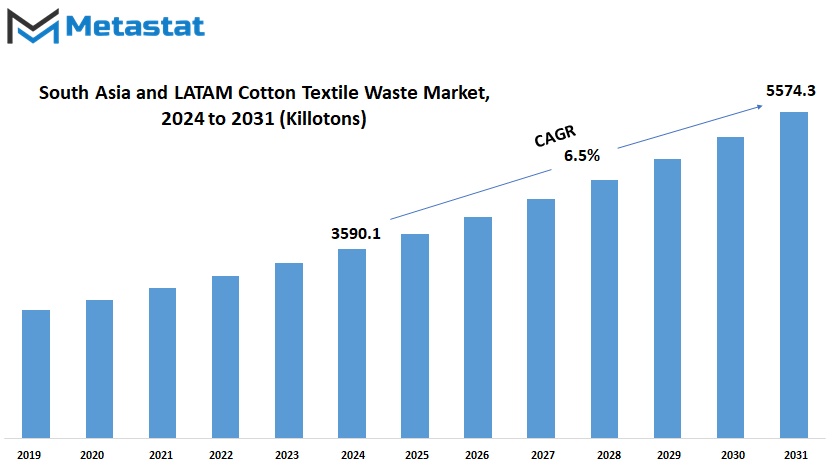
GROWTH FACTORS
The South Asia and LATAM Cotton Textile Waste market shall experience tremendous growth going ahead, driven by a combination of factors. One of the foremost driving factors is the increasing awareness about sustainability and the push toward eco-friendly practices. Consumers and industries alike are slowly moving toward the utilization of recycled materials, with cotton textile waste, to reduce their carbon footprint. Governments in South Asia and LATAM are also implementing policies encouraging recycling as well as the proper disposal of textile waste, thereby further pressuring the demand for such solutions. This will, in turn, lead to more opportunities for the growth of market players.
Growth in the textile and apparels industries in these regions itself has been a major driving factor for the growth of this market. South Asia will be the main hub, including India and Bangladesh. A crucial hub for textile production is also in LATAM- Brazil and Mexico. Conversely, with an augmented demand in textiles, there comes an increasing necessity to handle waste efficiently. Cotton textile waste is believed to turn into a prized resource, of course, that can be upcycled instead of wasted thus exerting less pressure on natural resources. This can logically result in an increase in the market over time.
But the South Asia and LATAM Cotton Textile Waste market is not without its challenges. One such challenge towards growth is the lack of recycling infrastructure in a few regions. In some parts of South Asia and LATAM, proper systems to handle waste are yet underdeveloped; therefore, it becomes impossible to handle textile waste efficaciously. The high cost of recycling technology may deter small businesses from investing in waste recycling activities; hence, this would restrict the growth of the market in the near future.
The enhanced performance in recycling technologies seems to be a chance for the market. New technologies that boast more efficient and cost-effective cotton textile waste recycling activities might encourage more businesses and industries to get involved in such activities. However, with technological advancements, recycling processes are going to become cheaper and more accessible. This is all set to grow the South Asia and LATAM Cotton Textile Waste market further. Technology providers and textile manufacturers will definitely collaborate in the near future in order to better develop waste management techniques that shall further be helpful for the textile industry in its journey towards sustainability.
MARKET SEGMENTATION
By Type
South Asia and LATAM cotton textile waste market is gaining significance increasingly because sustainability is increasingly becoming a point of discussion in the textile industry. Regional responses to environmental impacts have been initiated across South Asia and Latin America as global concerns continue to rise for suitable waste management systems in the textile industry. Both regions have cotton textile waste, which is 100% cotton, as well as polycotton wastes, and recycling into new materials presents an important opportunity for innovation. All these can be used as a means of focusing on the reuse of cotton textile wastes so as to curtail harmful effects from the usual production of textiles.
Within the next few years, we shall continue to see improvements in technology and infrastructure for the recycling process of cotton textiles in South Asia and LATAM. Both regions carry historical depth in the production of textiles that could provide a reasonable base for support in developing waste management strategies. For instance, advancements in sorting techniques accompanied by the respective recycling methods will increase the efficiency of the reuse of cotton waste. Governments and private industries are also expected to be more actively engaged to produce sustainable solutions for creating less waste and extending the lifecycle of textile products. All such efforts may lead to the development of a circular economy in the context of the textile sector.
The other consideration is consumer consciousness about sustainability. In South Asia and LATAM, companies may find recycled cotton as an alternative because demand for green products will inevitably increase in the near future. Companies can start adding more percentages of recycled cotton to the final products. This will result in waste reduction and attract a greener customer base-the future of business. This would give an added impetus to textile manufacturing companies to invest in the recycling of 100% cotton and polycotton waste.
Moving forward, South Asia and LATAM are anticipated to continue their development with regard to the handling of cotton textile waste. Improvement in materials recycled, reduced impact on the environment, and making sustainable practices generally accepted by textile industries are likely to be the aspects on which both regions will focus. Driving innovation and cooperation among stakeholders, both regions would set the directions for the future of the global world’s handling of textile waste.
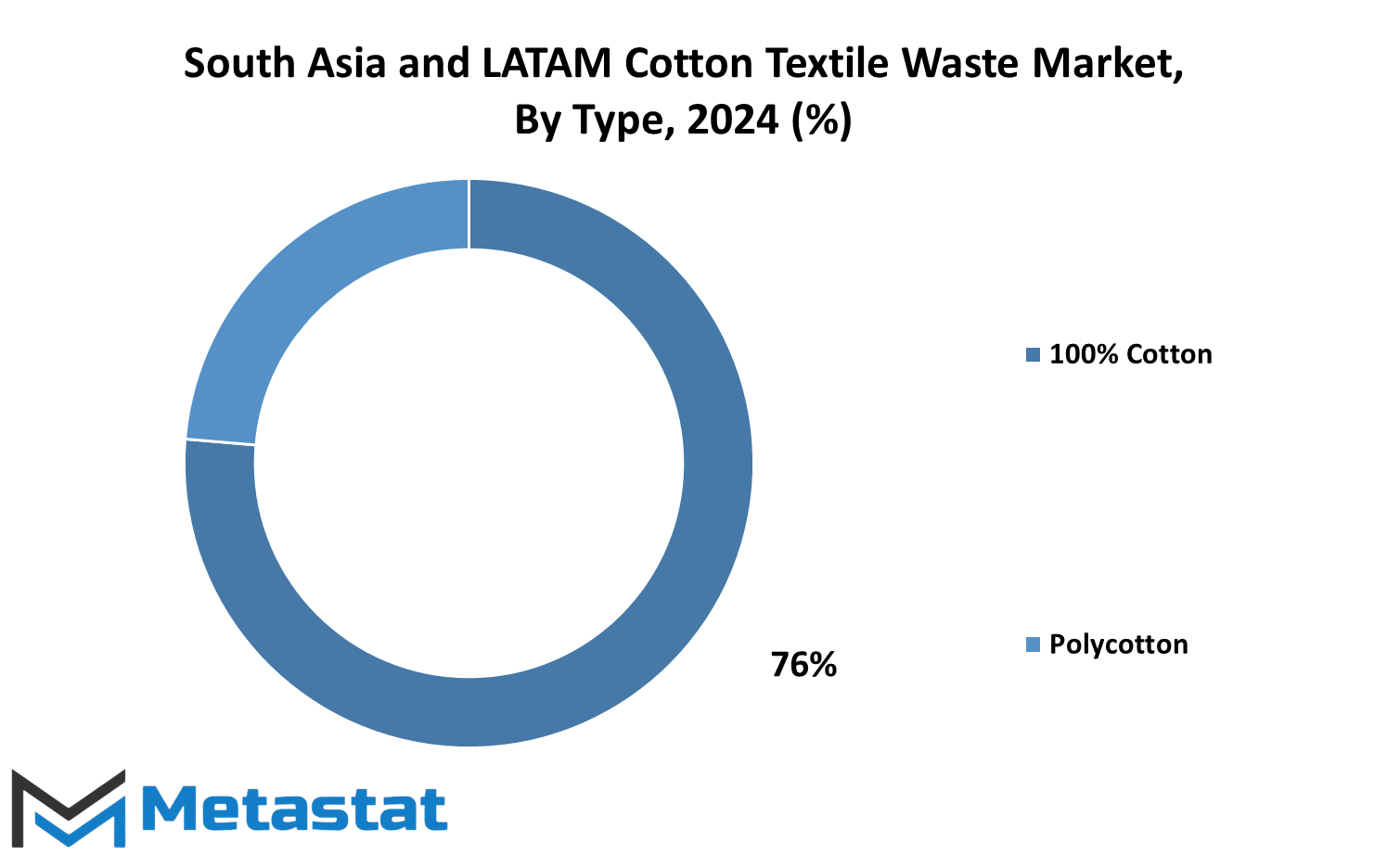
By Colour
Now, the South Asia and LATAM cotton textile waste market is growing with increased awareness towards sustainability and a circular economy. Cotton textile waste, which forms one of the major sources of environmental concerns, is valued nowadays as something precious rather than just waste. South Asia and LATAM are among the major contributors in the textile industry across the globe. This entry into recycling and reuse of textile waste is shaping the future market within both geographies.
This growth is amplified by several factors, which include attention given to waste management practices. Industries across the globe tend to adhere to global environment norms, thereby increasing demand on the cotton textile waste market and reducing waste that goes to the landfill, ensuring resource conservation. In such development, companies work towards new technologies in an attempt to separate and process cotton waste efficiently. This is beneficial as it reduces environmental burdens and opens new business ventures in recycled cotton.
With respect to color segregation, the market is segmented as white, blue, black, and others. White cotton waste, due to its flexibility and ease of being recycled, is in great demand. They are also extremely easy to re-dye without losing their quality to other products. Blue and black cotton waste also holds demand, though more specific treatments have to be prescribed for them to be repurposed. The “other” category contains a gamut of shades, none of which are as widely found in fiber waste but might have potential for limited market application. These color classifications continue to define how fabric waste is categorized and used into the future.
South Asia and LATAM will continue to see growth in their market for cotton textile waste, as the demand for sustainable products will increase. Growing demands for green alternatives have made many businesses adopt recycled materials as part of their product materials, a thing that points toward the future when cotton textile waste becomes not only something to be minimized and avoided but even an essential source in the production of textiles.
Most probably, within the coming years, improvements in recycling technologies and changes in consumer behavior will drive the market forward. Companies will come up with improved processes for processing various shades of cotton waste; therefore, there will be more waste recycled, with fewer resources used. As the world and its citizens are becoming more aware of the environment as well as the focus on sustainability, South Asia and LATAM’s cotton textile waste market will be a gigantic contributor towards a more sustainable global textile industry in the years to come.
|
Report Coverage |
Details |
|
Forecast Period |
2024-2031 |
|
Market Size in 2024 |
3590.1 Kilotons |
|
Market Size by 2031 |
5574.3 Kilotons |
|
Growth Rate from 2024 to 2031 |
6.5% |
|
Base Year |
2022 |
|
Regions Covered |
North America, Europe, Asia-Pacific Green, South America, Middle East & Africa |
COMPETITIVE PLAYERS
South Asia and LATAM are dynamic sectors with several players operating within the cotton textile waste market while continuously seeking innovative and improved sustainability in the textiles industry. As demand for sustainable materials goes up worldwide, companies have started to take precedence in the reduction of textile wastes while pushing towards a promotion of a circular economy. Major companies include Lenzing AG, Birla Cellulose, Hyosung TNC, Unifi, Inc., Patagonia, Inc., Renewcell, and Anandhi Texstyles Private Limited. Each of these companies plays a very crucial role in transformation through waste cotton textile into valuable resources, thereby opening the avenue for a greener future.
Lenzing AG, with its fine fibers, has achieved much in sustainable issues. Their strategy is to convert the used cotton scraps into fibers. This helps create reduced volume amounts of waste and also gives an eco-friendly option for manufacturers to continue the same alongside consumers. Similarly, Birla Cellulose is dedicated to making sustainable textiles through the innovative and cutting-edge use of technologies to transform cotton waste into usable fibers. Their sustainability efforts make them an important player in the South Asia and LATAM cotton textile waste market.
Hyosung TNC is a leader in developing recycled products. This company specializes in upcycling waste of cotton into high-performance fabrics. With consumers who are increasingly aware of the environmental impacts, Hyosung's investment in research and development upgrades its capacities for providing such solutions with as little waste as possible without being unbecoming of product quality. In the same pattern, Unifi, Inc. takes this avenue through the utilization of its technical knowledge on recycled fibers into first-class textile products. Brands have identified resonance with its efforts towards integrating sustainability into production operations:
Patagonia, Inc., is one of the spearheading companies that take into consideration the environment for sustainability. Its adoption of recycling into its product lines sets a benchmark for other companies that do business in the textile industry. Renewcell is a leader and pioneer in recycling technology. From its proficiency in recycling cotton waste, it produces Circulose - a material that may replace virgin cotton in the supply chain of textiles. This may bring about a shift in the entire perspective of the industry toward waste: from being a burden to becoming a source of resource.
Another important regional player in the cotton textile waste treatment process of South Asia and LATAM is Anandhi Texstyles Private Limited, which treats cotton textile waste and is engaged in sustainable practice and responsible sourcing. Regional players such as Anandhi Texstyles Private Limited constitute critical contributions toward understanding the general picture of sustainability. Companies such as these are going to frame the outlook for the market in South Asia and LATAM for cotton textile waste in the near future and will steer market forces to waste-reducing and environmentally protective practices. Their collaboration will not only foster innovation but also yield a more sustainable textile industry for the next generation.
South Asia and LATAM Cotton Textile Waste Market Key Segments:
By Type
- 100% Cotton
- Polycotton
By Color
- White
- Blue
- Black
- Others
Key South Asia and LATAM Cotton Textile Waste Industry Players
- Lenzing AG
- Birla Cellulose
- Hyosung TNC
- Unifi, Inc.
- Patagonia, Inc.
- Renewcell
- Anandhi Texstyles Private Limited
WHAT REPORT PROVIDES
- Full in-depth analysis of the parent Industry
- Important changes in market and its dynamics
- Segmentation details of the market
- Former, on-going, and projected market analysis in terms of volume and value
- Assessment of niche industry developments
- Market share analysis
- Key strategies of major players
- Emerging segments and regional growth potential



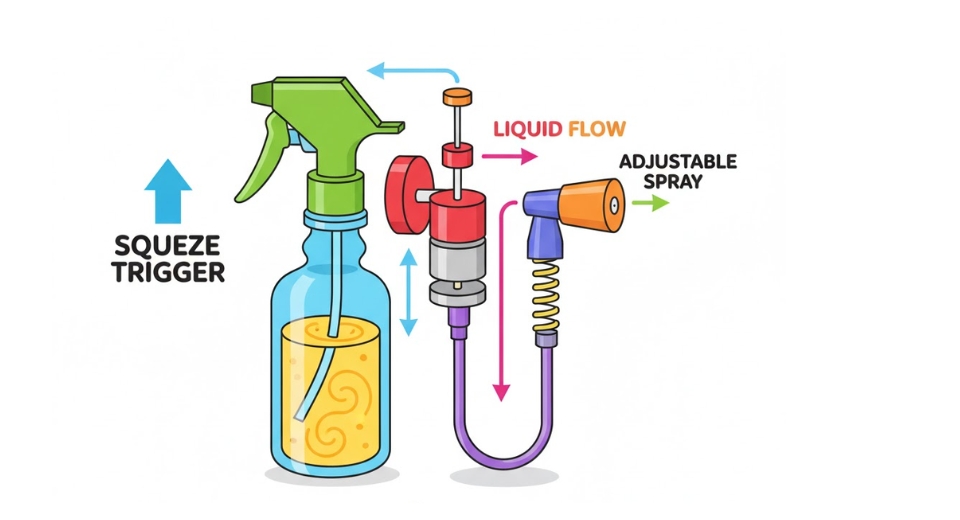
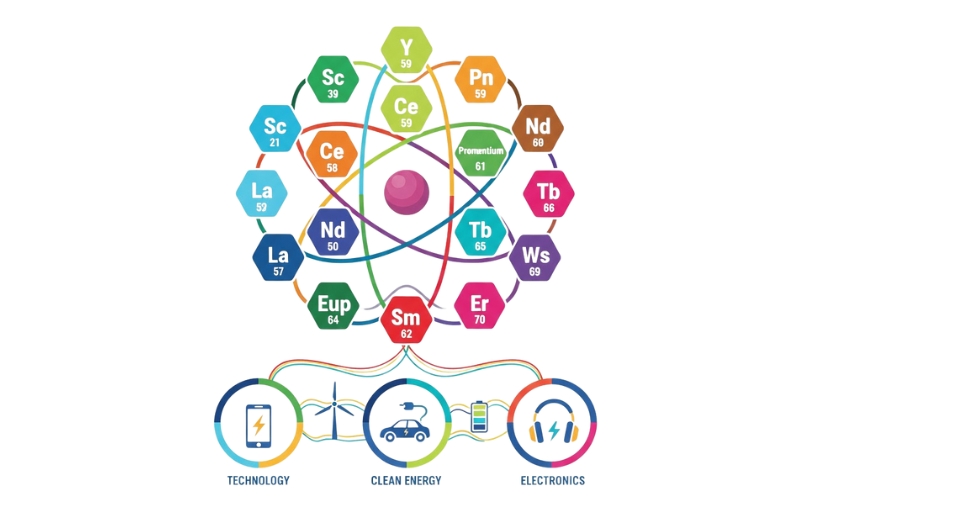
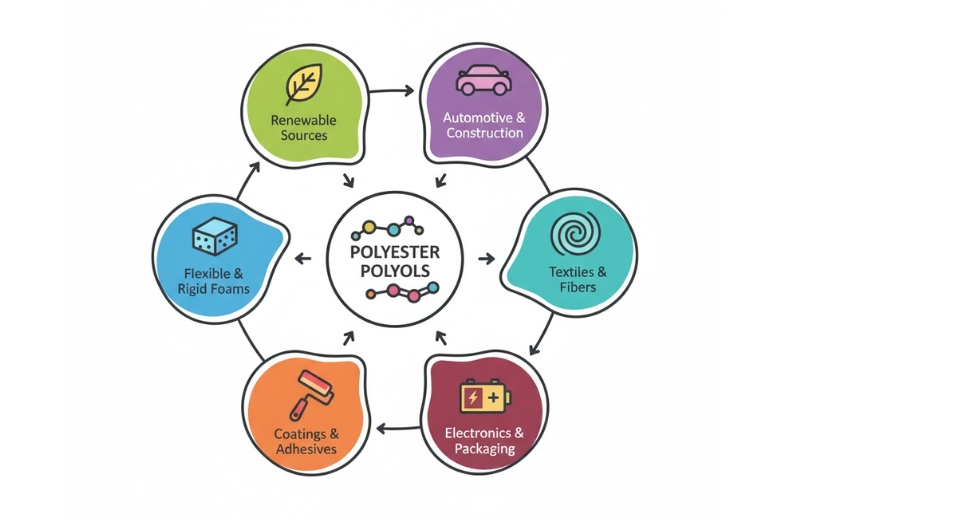

 US: +1 3023308252
US: +1 3023308252






